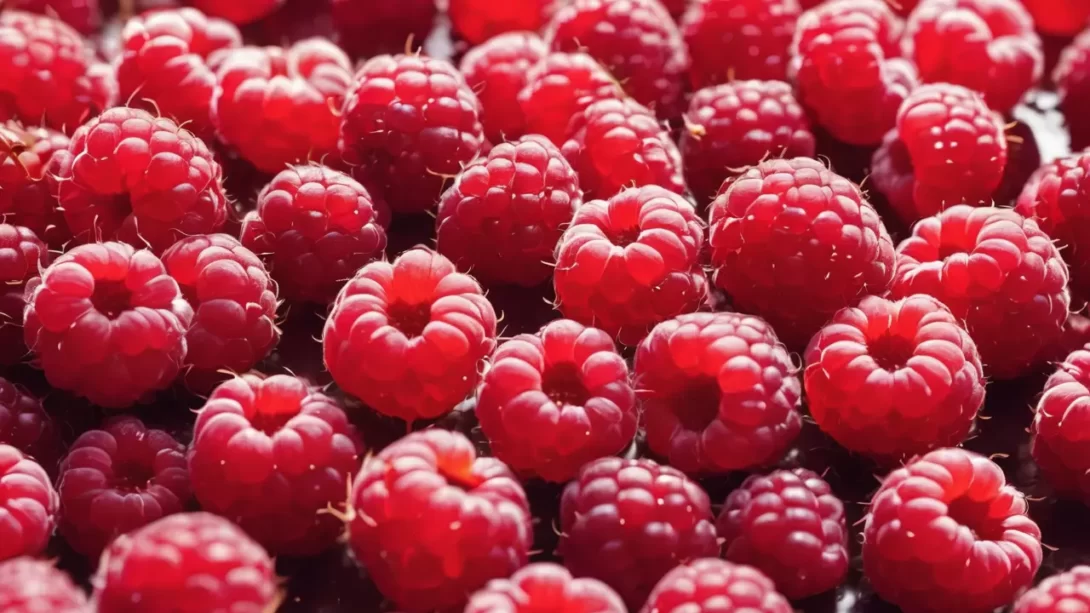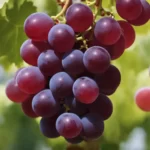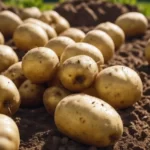Raspberries are among the most cherished fruits in gardens and kitchens worldwide, valued for their rich flavor and nutritional benefits. These berries have a relatively short peak season, making them a highly anticipated treat. Understanding when raspberries are in season is key to enjoying them at their best, both in terms of flavor and nutritional content. This article will explore the seasonal patterns of different raspberry varieties and provide insights into their peak harvesting times.
Varieties of Raspberries
Raspberries come in a range of varieties, each with its own unique characteristics and fruiting timelines. The two main types are summer-bearing and ever-bearing raspberries. Summer-bearing raspberries typically produce a single large crop in the early to mid-summer, depending on the local climate. In contrast, ever-bearing, or fall-bearing, raspberries have the ability to produce two crops: one in early summer and another in late summer to early fall.
The variety of raspberry plays a significant role in determining the fruit’s availability. Some popular summer-bearing varieties include ‘Boyne’, ‘Bristol’, and ‘Canby’, known for their robust flavor and large berries. Ever-bearing varieties like ‘Heritage’, ‘Autumn Bliss’, and ‘Fall Gold’ offer the advantage of extending the raspberry season into the fall.
Raspberry Seasonality by Region
The raspberry season varies significantly by geographical location. In general, raspberries ripen during the warmer months, but the specific timing can differ based on regional climate conditions.
- In cooler northern regions, such as the northern United States and Canada, the raspberry season typically starts in June and can last until August for summer-bearing varieties. Ever-bearing raspberries in these areas may continue to produce fruit until the first frost, often into September or October.
- In milder climates, such as the Pacific Northwest and parts of Europe, raspberry season can begin as early as May and extend through the late summer for summer-bearing varieties. Ever-bearing raspberries in these regions can provide a continuous harvest from mid-summer to early fall.
- In warmer southern regions, raspberries may start fruiting earlier in the year, with some varieties ripening as soon as late spring. However, the hot summer temperatures can shorten the peak season and impact the quality of the fruit.
Summer-Bearing Raspberries
Summer-bearing raspberries offer a bountiful harvest typically in early to mid-summer. These raspberries usually produce fruit on two-year-old canes, known as floricanes. The fruiting period for summer-bearing varieties is relatively short, often lasting about four to six weeks. Gardeners and consumers can expect these raspberries to be at their peak from late June to July in most temperate regions.
When picking summer-bearing raspberries, look for berries that are firm yet plump, with a deep, even color and a slightly soft texture. They should come off the cane easily without any pulling. The ripest berries will have the best flavor and highest nutritional content. It’s important to harvest these raspberries regularly, as they can quickly become overripe or be attacked by birds or insects.
Ever-Bearing (Fall-Bearing) Raspberries
Ever-bearing raspberries, also known as fall-bearing raspberries, have a unique fruiting pattern. These varieties produce two crops: the first on the previous year’s growth (floricanes) in early summer and the second on the current year’s growth (primocanes) in late summer to early fall. This extended harvesting period allows gardeners to enjoy fresh raspberries for a longer duration, often from August until the first hard frost, which can be as late as October in some regions.
For the fall crop, look for similar signs of ripeness as with summer-bearing raspberries: a rich color, plumpness, and easy separation from the cane. These raspberries are often more abundant in the fall harvest, providing a generous yield for fresh eating and preserving.
Harvesting Raspberries
Harvesting raspberries at the right time is crucial for the best taste and quality. Raspberries are ready to pick when they are fully colored and can be easily pulled off the cane without any resistance. The best time to harvest is in the morning when the berries are cool and less likely to be damaged. Gently hold the berry between your fingers and tug lightly; if it’s ripe, it should come off easily.
It’s recommended to harvest raspberries every couple of days to ensure you get them at their peak and to prevent overripening on the bush. Overripe berries can attract pests and are more prone to mold and spoilage. After harvesting, raspberries should be refrigerated as soon as possible and eaten within a few days for optimal freshness and flavor.
Preserving Raspberries
Raspberries, known for their delicate nature, have a short shelf life after harvesting. To extend the enjoyment of your raspberry harvest, there are several effective preservation methods. Freezing is one of the simplest and most popular methods. Wash the raspberries gently, pat them dry, and spread them in a single layer on a baking sheet to freeze. Once frozen, transfer them to airtight containers or freezer bags. This method preserves their flavor and makes them perfect for smoothies, baking, or as a cold, sweet snack.
Canning and making preserves or jams are other excellent ways to preserve raspberries. Raspberry jam, with its rich flavor and vibrant color, is a delightful way to capture the essence of summer. When making jam, follow safe canning practices to ensure the product’s longevity and safety.
Using Raspberries in Cooking
Raspberries offer a wealth of culinary possibilities beyond eating them fresh. They can be used in a variety of dishes, from desserts like tarts and mousses to savory sauces that accompany meats. Raspberries also add a fresh, tangy element to salads and can be blended into dressings and vinaigrettes. For a quick and healthy option, they are perfect for topping yogurt or oatmeal.
Conclusion
Understanding when raspberries are in season is key to enjoying them at their best. Whether you’re growing your own or purchasing them from a local market, knowing the varieties and their harvesting times can greatly enhance your experience with this delightful fruit. Summer-bearing raspberries offer a burst of flavor in early summer, while ever-bearing varieties extend the raspberry joy into the fall.
By harvesting at the right time and using effective preservation methods, you can enjoy the taste of fresh raspberries throughout the year. Their versatility in both sweet and savory dishes makes them a valuable addition to any culinary repertoire. Enjoying raspberries during their peak season ensures the best flavor, texture, and nutritional benefits, making them a truly seasonal delight in any garden or kitchen.




